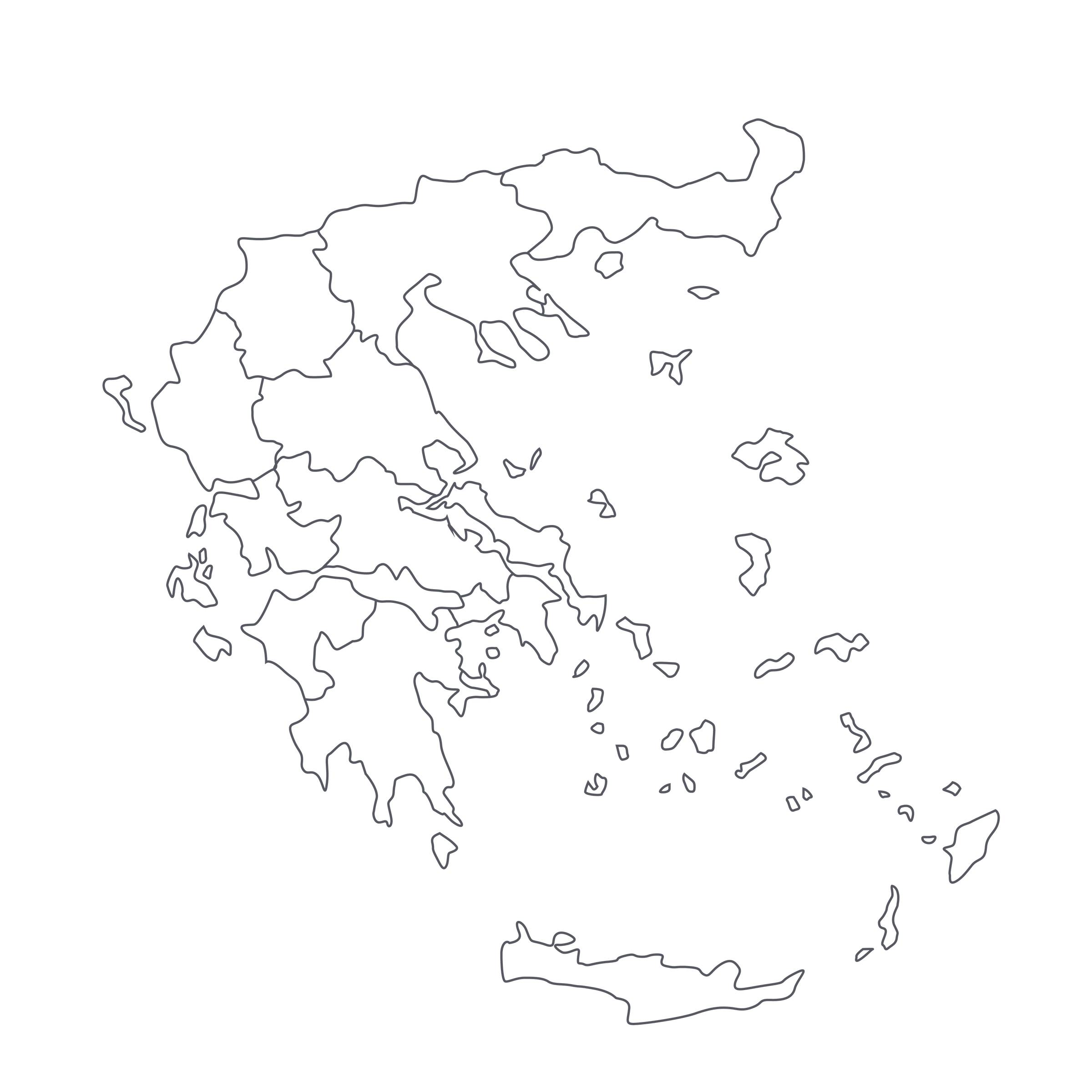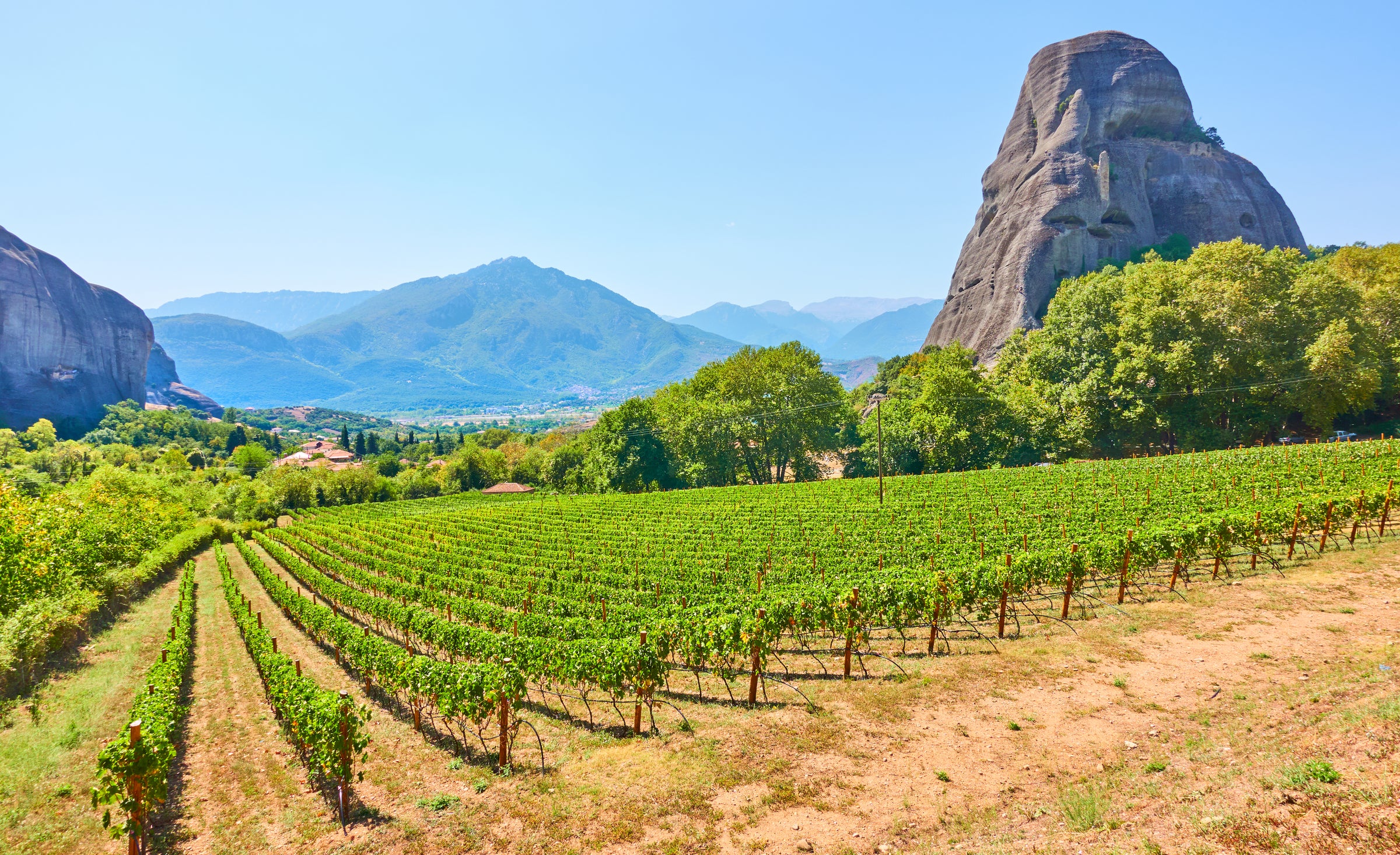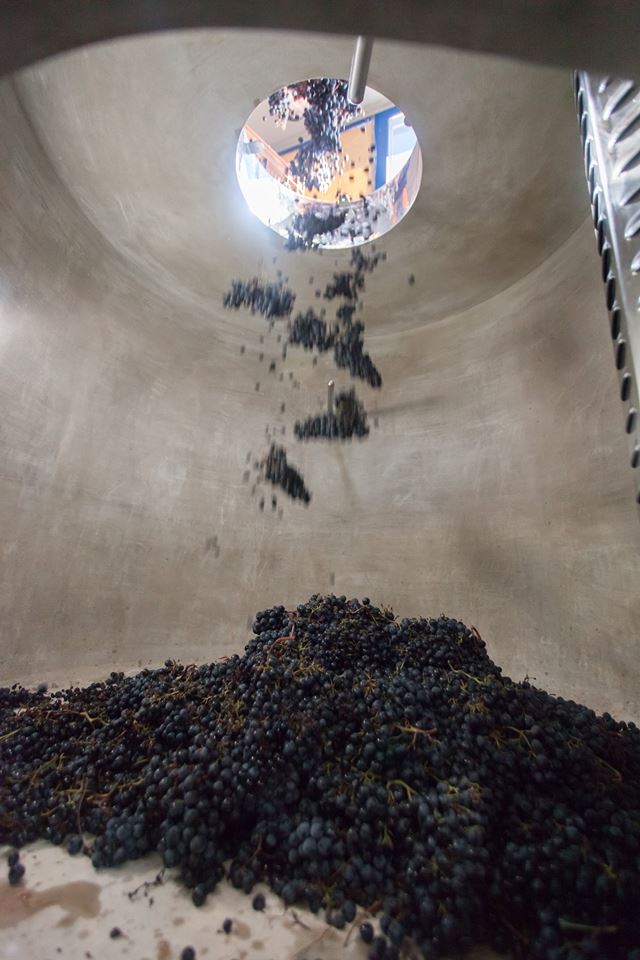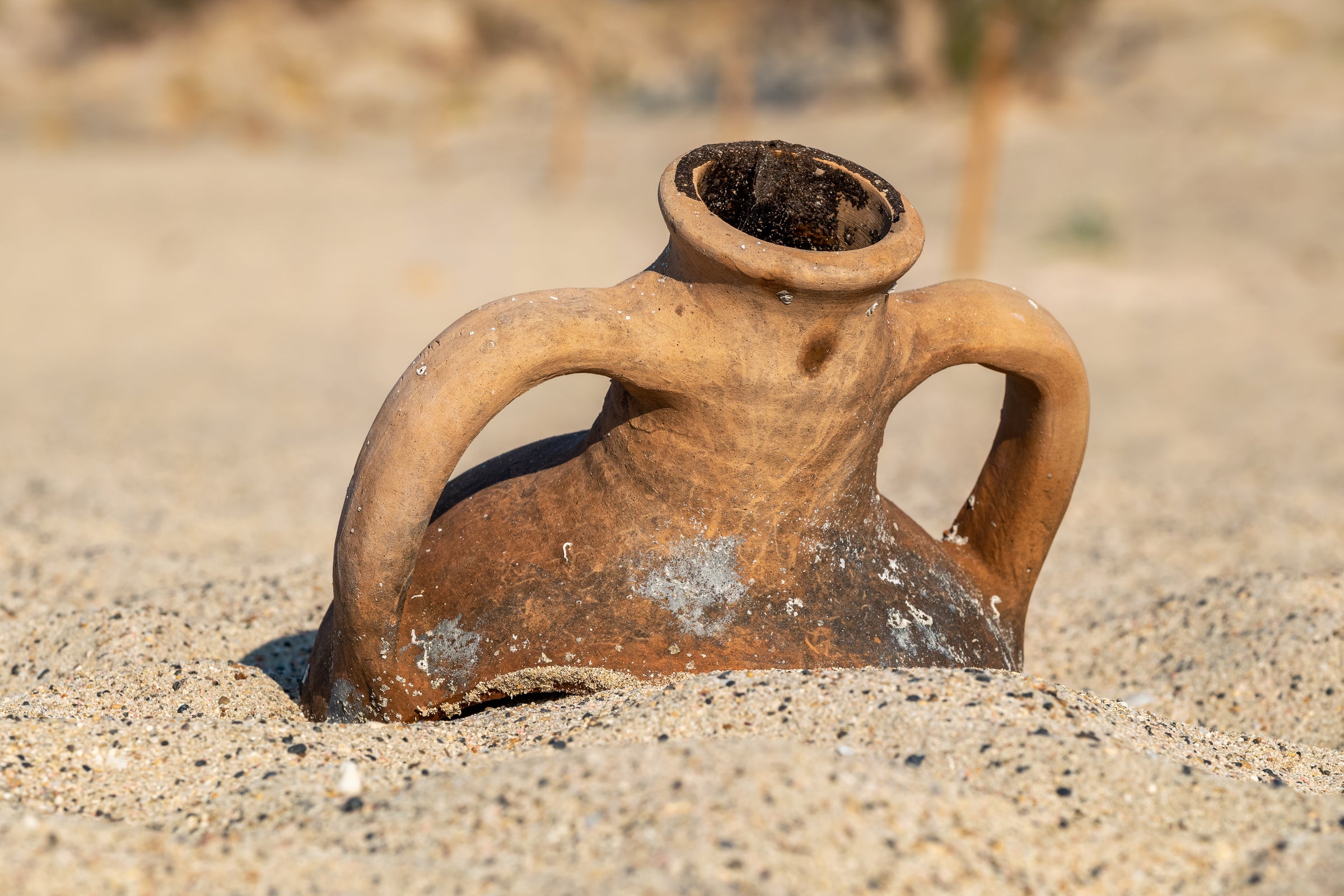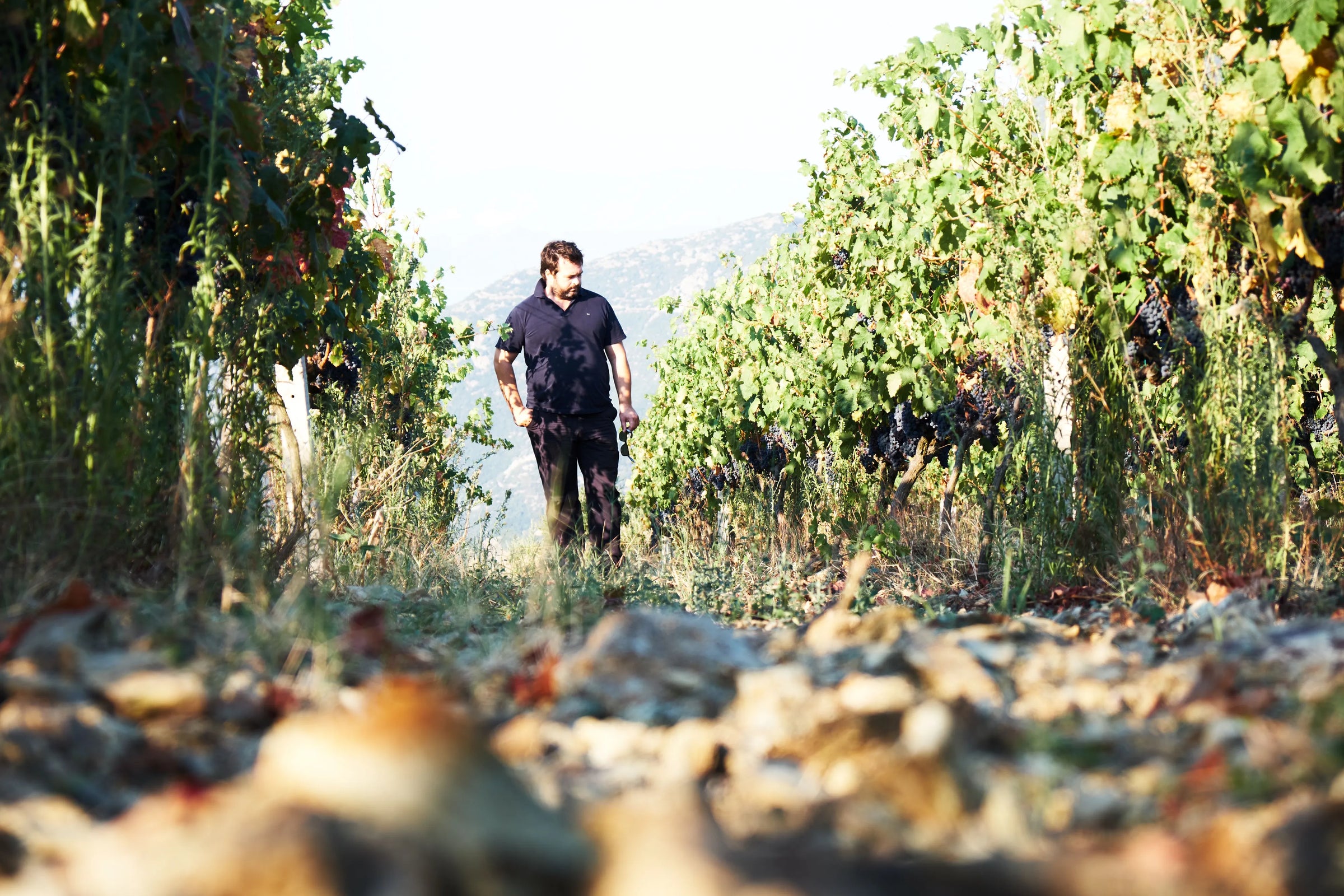A rapid trigger and 60-minute decant is all you need today to discover one of the most powerful, incisively mineral wines on earth. The limited bottling is “Ksera Homata,” a best-in-class Santorini Assyrtiko from legend Koutsoyannopoulos, and it’s a time-sensitive ordeal. This profoundly volcanic masterpiece rarely sees American shores, so if you miss today’s 2019 (the best vintage the importer’s ever tasted, by the way), next year isn’t guaranteed, or the next. That’s right, scour the internet and you’ll learn that this top cuvée is sporadically imported in scarce supply every few years, with the last available vintage being 2015!
If that doesn’t have you on the edge of your seat, we’ll add some more fuel to the excitement: “Ksera Homata” is an insanely low-yielding vineyard that holds gnarled vines pushing well beyond the century mark! How they survive without irrigation, in nutrient-deprived volcanic ash is a mind-bending construct, but I promise one taste of today’s top bottling provides immediate clarity—it is liquified terroir that sears a leagues-deep mineral footprint in your taste memory. This is always the paragon of Santorini, and it continues to be among the finest representations of unoaked wine on Planet Earth. Connoisseur, wine geek, oenophile—whatever you call yourself, it cannot be official until you’ve checked “Ksera Homata” off your list.
The fact that these wines are still so undervalued will forever perplex me: Santorini has the volcanic intrigue, the extreme scarcity, the astonishing kouloura vine training method, and impressive ageability in the bottle. Here’s a bit more on that “volcanic intrigue”: Surrounded by the electric blue waters of the Aegean Sea, Santorini’s black volcanic earth is the product of an ancient volcano whose explosion dwarfed that of Mount St. Helens by more than 100 times in magnitude. One of the largest seismic events in earth’s history, the eruption of Thera left behind hundreds of meters of volcanic ash and the current-day crescent-shaped caldera (crater) poking out from the Aegean waters. This volcanic terroir is one of the major factors that define Assyrtiko’s incredibly unique flavor profile. Its smoky minerality, coupled with the lack of any groundwater on the island and its surrounding sea air, merge seamlessly to reveal a flavor profile that is totally inimitable. So how do the vines stay hydrated? Drop by drop, they soak up the condensation of mist that blows in from the sea, which creates the magnificent salinity in the wine.
Although wine is believed to have a 3500-year-old history on the island, with some current rootstocks that are conceivably older than 400 years (phylloxera is deterred by sandy soil), most of Santorini’s estates are relatively young due to the centuries-long Ottoman occupation. By Greek standards, however, Koutsoyannopoulos is a relic, having been established in 1880. Further, they have been a pioneer in reviving the island’s ancient vine-growing and winemaking traditions. Today, Georgios Koutsoyannopoulos is the fourth-generation winemaker to craft Assyrtiko from the family’s small estate. The vines for his hyper-limited “Ksera Homata” cuvée (which roughly translates to “dry soils”) range from 70-100+-years old, are trained in the classic kouloura method, harvested by hand, and vinified naturally with free-run juice. Meaning, the wine in this bottle wasn’t pressed! It was culled from the juices that naturally leaked out due to the weight of the grapes above them. After fermentation and a brief aging regimen in stainless steel tanks, the wine is quickly bottled to preserve its freshness.
Here’s more geeky details directly from the importer’s owner, Dionysios Grevenitis: “The Ksera Homata vineyard lies within the Fira/Katikies village sub-appellation. This is at low elevations on the outer rim of the island, a stone's throw from the Aegean. The vines are 100+ years old and are some of the lowest yielding on the island. If the village of Pygros is known for density and power then Fira, at least where it descends to the sea, should be known for its discrete elegance, finesse, and accessibility. If Pyrgos is Meursault with all its heft then Fira is Chassagne with its effortless charm. Lemon blossoms, lace, green apples, Himalayan salt. So, so good.”
This wine is all about energy, precision, and extraordinary tension. After allowing time to settle in the decanter—at least an hour—it unleashes intense, superbly high-toned Mediterranean influence in the glass: finely crushed volcanic rock, sea spray, struck flint, crushed shells. The palate unwinds with deeply satisfying layers of salty citrus and exotic fruit zest before a tidal wave of thirst-quenching acidity roars through. Allow this to open up, and save some for day two, and each sip will provide a new journey. Enjoy now and over the next decade—this is built to last. Cheers!




